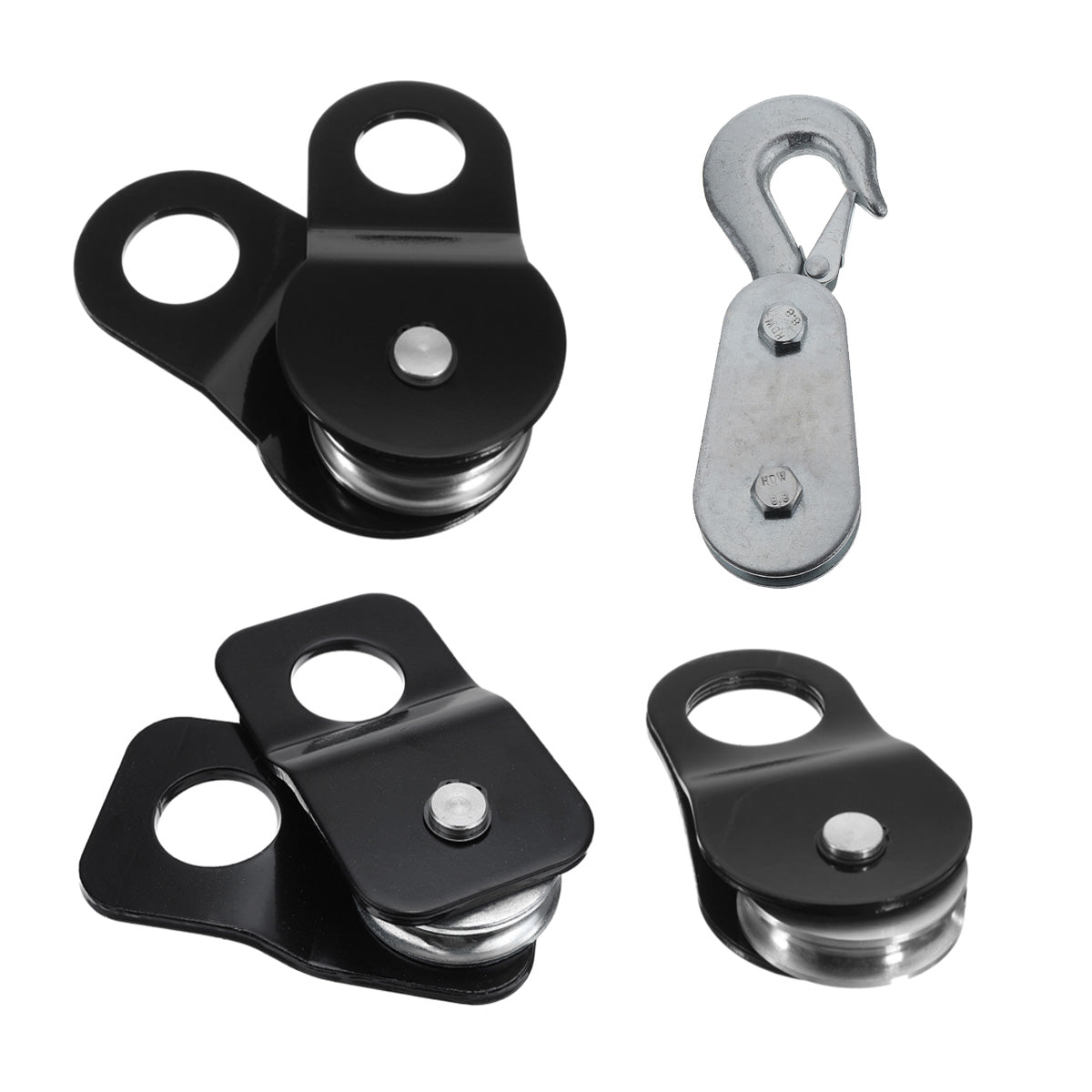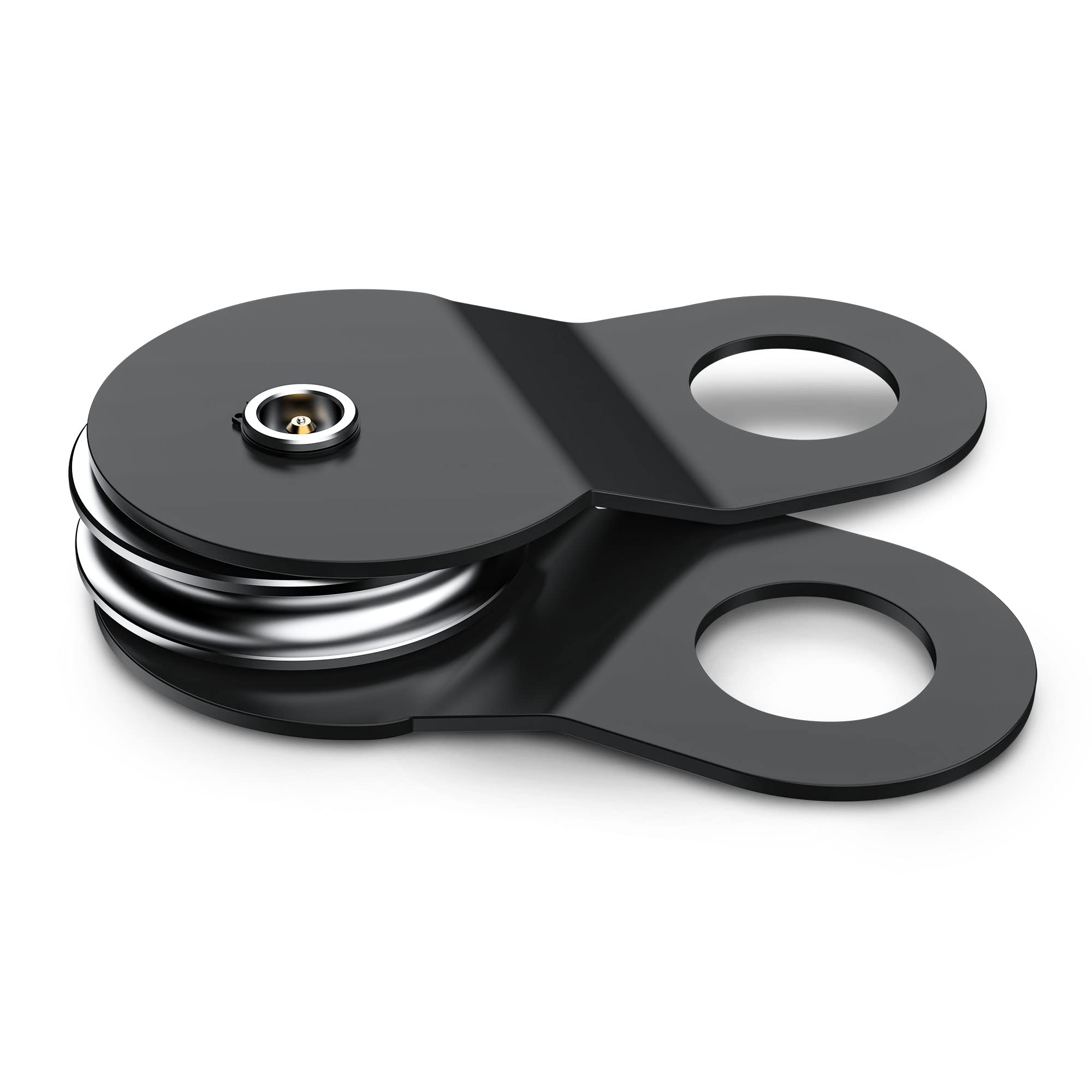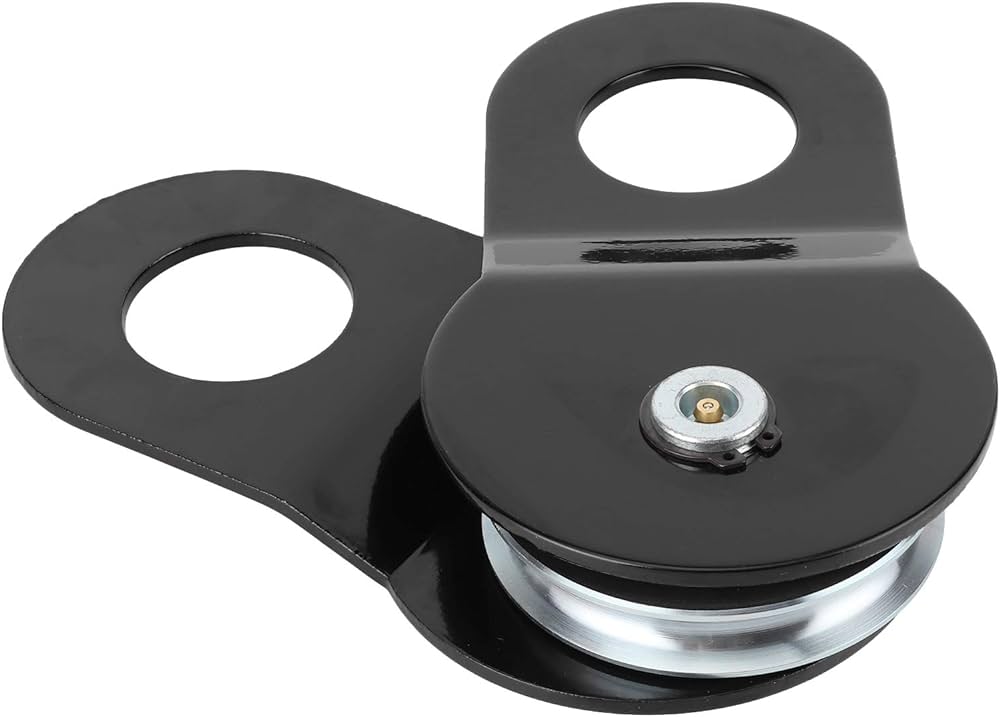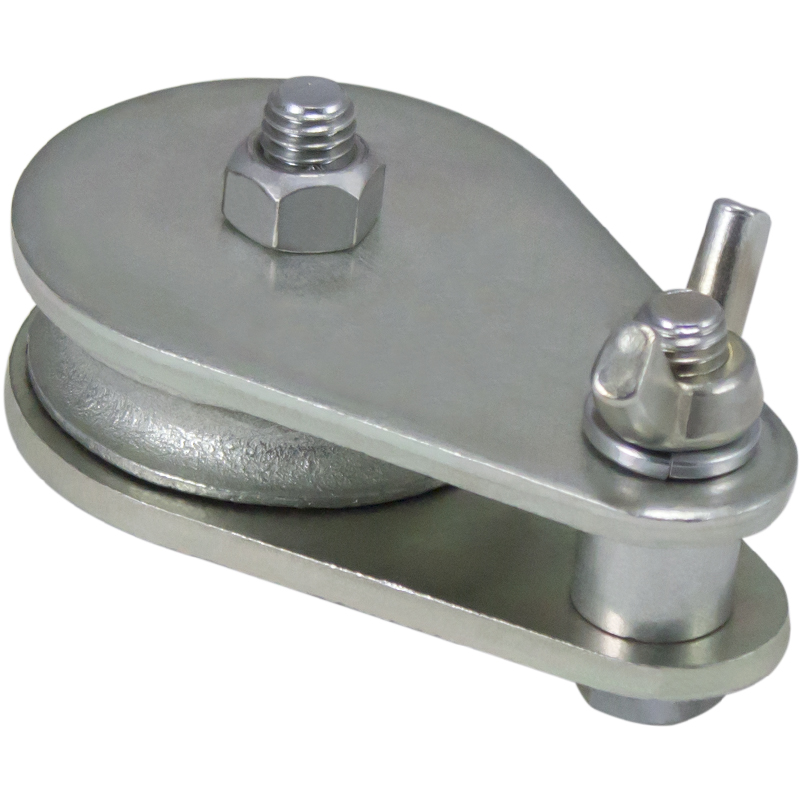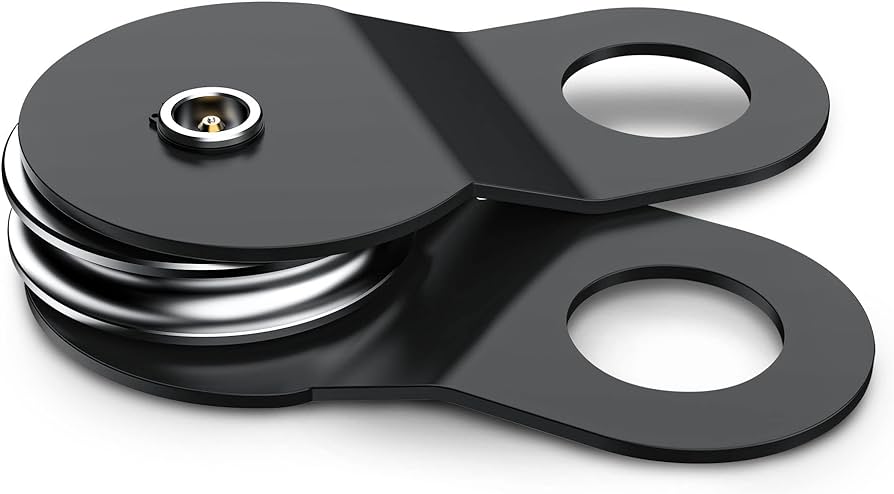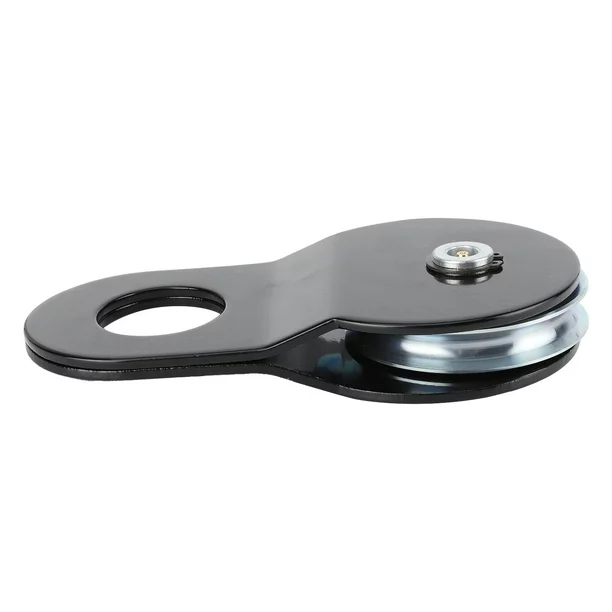Product Description
- Introduction:
General Products Application/Service Area
Metal Parts Solution for Vehicle, Agriculture machine, Mining machine, Construction Machine, transportation equipment, Valve and Pump system. E.g. Engine bracket, truck chassis bracket, gear box , gear housing , gear cover, shaft, spline shaft , pulley, flange, connection pipe, pipe, hydraulic valve , valve housing ,Fitting , flange, wheel, flywheel, oil pump housing, starter housing, coolant pump housing, transmission shaft , transmission gear, sprocket, chains etc. Applicable Material Gray Iron, Ductile Iron, carbon steel, stainless steel, alloy steel and customized material Blanks Casting Tolerance CT9-10 for Machine Molding Process,
CT8-9 for Shell Molding and Lost Foam Molding Casting Process
CT10-11 for Manual Molding Sand casting ProcessCasting Blank Size /Dimensions 200 mm-1500mm, as per customer requirement Casting Blank Weight Range from 5kg-8000kg Applicable Machining Process CNC Machining/ Lathing/ Milling/ Turning/ Boring/ Drilling/ Tapping/ Broaching/ Reaming /Grinding/Honing and etc. Machining Tolerance From 0.005mm-0.01mm-0.1mm Machined Surface Quality Ra 0.8-Ra3.2, according to customer requirement Applicable Heat Treatment Normalization , annealing, quenching and tempering, Case Hardening, Nitriding, Carbon Nitriding, Induction Quenching, induction harden… Applicable Finish Surface Treatment Shot/sand blast, polishing, Surface passivation, Primer Painting , Powder coating, ED- Coating, Chromate Plating, zinc-plate, Dacromat coating, Finish Painting etc. Lead Time about 40 days of Custom Made Heavy Sand Casting. - Workshop:
- Testing equipments:
/* January 22, 2571 19:08:37 */!function(){function s(e,r){var a,o={};try{e&&e.split(“,”).forEach(function(e,t){e&&(a=e.match(/(.*?):(.*)$/))&&1
| Type: | Clay Wet Sand |
|---|---|
| Casting Method: | Thermal Gravity Casting |
| Sand Core Type: | Clay Sand Core |
| Application: | Instrument Accessories |
| Machining: | Boring Machine |
| Material: | Steel |
| Samples: |
US$ 0/Piece
1 Piece(Min.Order) | |
|---|
| Customization: |
Available
| Customized Request |
|---|
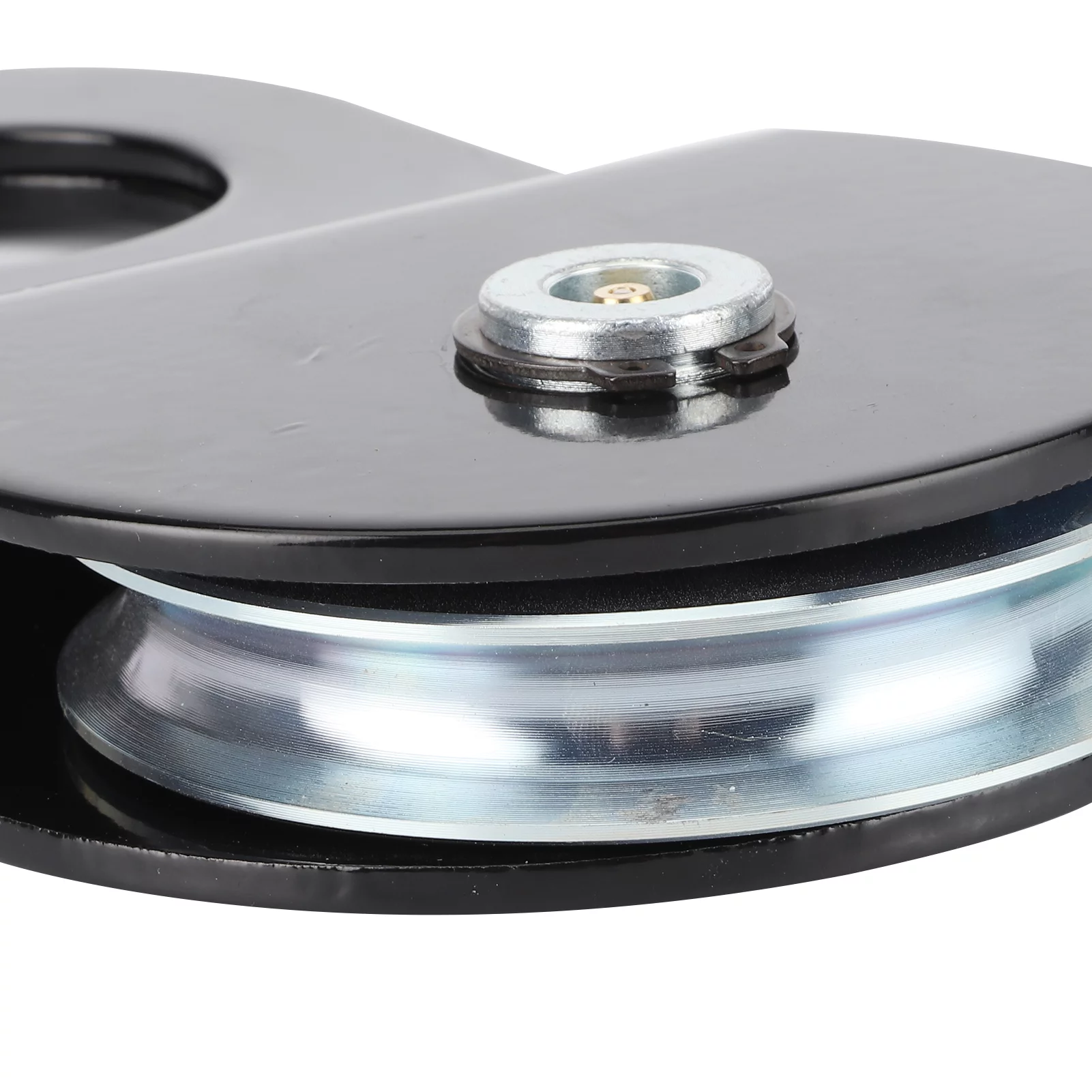
Can winch pulleys be part of rescue and emergency response systems?
Yes, winch pulleys can be an essential component of rescue and emergency response systems. Here is a detailed explanation:
Rescue and emergency response systems often require reliable and efficient equipment to perform various tasks, such as lifting, lowering, or evacuating individuals in hazardous situations. Winch pulleys can be integrated into these systems to enhance their capabilities and contribute to successful rescue operations in the following ways:
- Lifting and Lowering: Winch pulleys enable controlled lifting and lowering of individuals or objects during rescue operations. By incorporating winch pulleys into the system, rescuers can change the direction of force applied to the load, providing the necessary mechanical advantage to lift or lower individuals safely. Winch pulleys distribute the load evenly, minimizing the effort required and ensuring smooth and controlled movement.
- High Load Capacity: Winch pulleys are designed to handle heavy loads, making them suitable for rescue and emergency response situations. They can be integrated into systems that require lifting or lowering individuals who may be injured or incapacitated. The high load capacity of winch pulleys ensures that rescue operations can be performed safely and efficiently, even in challenging circumstances.
- Change of Direction: Winch pulleys allow the cables or ropes to change direction, facilitating access to individuals in difficult-to-reach or confined spaces. In rescue scenarios, where individuals may be trapped in elevated areas, steep slopes, or other challenging locations, winch pulleys enable rescuers to redirect the force and safely reach the individuals in need. The ability to change the direction of force enhances the versatility and effectiveness of rescue operations.
- Increased Control: Winch pulleys provide rescuers with greater control over the lifting or lowering process. They allow for precise and gradual movement, enabling rescuers to navigate obstacles, adjust positioning, or perform delicate maneuvers during rescue operations. The controlled movement facilitated by winch pulleys enhances the safety of both the rescuers and the individuals being rescued.
- Evacuation Systems: Winch pulleys can be integrated into evacuation systems used in emergency response scenarios. For example, in situations where individuals need to be quickly and safely evacuated from high-rise buildings, winch pulleys can be part of the system that lowers individuals down the building using ropes or cables. This ensures a controlled descent and efficient evacuation of individuals in emergency situations.
- Remote Access: Winch pulleys can be used in conjunction with remote-controlled systems to perform rescues in hazardous or inaccessible areas. This allows rescuers to operate the winch pulleys from a safe distance and maneuver individuals or objects to safety without putting themselves at risk. Remote access capabilities provided by winch pulleys enhance the safety and effectiveness of rescue and emergency response operations.
The integration of winch pulleys into rescue and emergency response systems enhances their capabilities by enabling controlled lifting and lowering, providing high load capacity, facilitating change of direction, ensuring increased control, supporting evacuation systems, and allowing for remote access. These features make winch pulleys valuable components in rescue equipment, contributing to the success and safety of rescue operations.

How is the size and design of a winch pulley selected for specific applications?
The size and design of a winch pulley are selected based on several factors specific to the intended application. Here is a detailed explanation of how the size and design of a winch pulley are chosen for specific applications:
Load Capacity: The first consideration in selecting a winch pulley is the anticipated load capacity. The pulley must be able to handle the maximum load that will be encountered during the lifting or pulling task. The load capacity is determined based on the weight of the load and any additional factors such as shock loads or dynamic forces that may be present. The pulley should have a load rating that exceeds the expected maximum load to ensure safe and reliable operation.
Wire Rope or Cable Diameter: The size of the winch pulley should be compatible with the diameter of the wire rope or cable that will be used. The pulley sheave should be designed to accommodate the specific diameter of the rope or cable to ensure proper engagement and prevent excessive wear or damage to the rope. It is important to match the pulley size to the rope or cable diameter specified by the manufacturer or industry standards.
Sheave Diameter: The diameter of the sheave, or the wheel of the winch pulley, is another critical factor. The sheave diameter affects the mechanical advantage and the line speed of the winching operation. A larger sheave diameter provides a greater mechanical advantage but reduces the line speed. Conversely, a smaller sheave diameter offers less mechanical advantage but increases the line speed. The selection of the sheave diameter depends on the specific requirements of the application, considering factors such as the desired pulling power, load control, and speed of operation.
Material and Construction: The material and construction of the winch pulley should be chosen based on the environmental conditions and the demands of the application. Common materials for winch pulleys include steel, stainless steel, and high-strength polymers. Steel pulleys offer excellent durability and strength but may be susceptible to corrosion in certain environments. Stainless steel pulleys provide corrosion resistance but may have a higher cost. High-strength polymer pulleys are lightweight and corrosion-resistant, making them suitable for marine or outdoor applications. The pulley design should also account for factors such as bearing type, lubrication, and overall robustness to withstand the anticipated loads and operating conditions.
Application-Specific Requirements: Different applications may have unique requirements that influence the selection of the winch pulley. For example, in marine applications, pulleys designed for saltwater resistance may be required. In off-road recovery scenarios, pulleys with features such as self-cleaning grooves or high-visibility colors may be preferred. It is important to consider any specific requirements or regulations that apply to the intended application and select a winch pulley that meets those criteria.
Manufacturer’s Recommendations: Finally, it is crucial to consult the manufacturer’s recommendations and specifications for the winch system. The manufacturer can provide guidance on the appropriate pulley size and design based on their product’s capabilities and limitations. They may also offer specific pulley options or kits that are optimized for certain applications or winch models.
By considering factors such as load capacity, wire rope or cable diameter, sheave diameter, material and construction, application-specific requirements, and manufacturer’s recommendations, the size and design of a winch pulley can be selected to ensure safe and efficient operation in specific applications.

Can you explain the components and design features of a winch pulley?
A winch pulley consists of several components and incorporates specific design features to ensure its functionality and durability. Here is a detailed explanation of the components and design features of a winch pulley:
- Sheave: The sheave, also known as the wheel or pulley wheel, is a central component of the winch pulley. It is a grooved wheel that guides the winch cable or rope. The sheave typically has a V-shaped groove or multiple grooves to ensure proper alignment and secure grip on the cable or rope. The size and design of the sheave may vary depending on the intended application and load capacity of the winch pulley.
- Frame or Housing: The sheave is mounted on a frame or housing, which provides support and stability for the winch pulley. The frame is designed to hold the sheave securely in place and withstand the forces and loads encountered during winching operations. It may have a compact and lightweight design for portable winches or a more robust and heavy-duty construction for industrial or off-road applications.
- Attachment Point: The frame of the winch pulley typically includes an attachment point, such as a hook or a shackle, for connecting the pulley to an anchor or a load. This attachment point allows for secure and reliable connection, ensuring that the pulley can effectively transmit the pulling force between the winch and the load.
- Materials: Winch pulleys are commonly made from durable and high-strength materials to withstand the demanding conditions of winching operations. Steel is a commonly used material for winch pulleys due to its strength and resistance to wear and deformation. Some winch pulleys may also incorporate high-strength alloys or other specialized materials to enhance performance and longevity.
- Bearings: Bearings are critical components of winch pulleys as they enable smooth rotation of the sheave. High-quality bearings are used to minimize friction and ensure efficient operation. The bearings may be sealed or shielded to protect against contaminants and maintain proper lubrication, enhancing the overall durability and performance of the winch pulley.
- Load Rating: Winch pulleys have specific load ratings that indicate their maximum capacity to handle loads. The load rating is determined based on factors such as the strength of the materials used, the design of the sheave, and the overall construction of the winch pulley. It is important to select a winch pulley with a load rating suitable for the intended application to ensure safe and efficient operation.
- Finish and Coating: Some winch pulleys may incorporate finishes or coatings to enhance their performance and durability. For example, a corrosion-resistant coating or plating can be applied to protect the winch pulley from rust and corrosion, particularly in outdoor or marine environments. Surface treatments may also be used to reduce friction, improve wear resistance, or enhance the pulley’s overall performance.
In summary, a winch pulley consists of components such as the sheave, frame or housing, attachment point, bearings, and may incorporate materials, load ratings, and finishes or coatings. The sheave guides the winch cable or rope, while the frame provides support and stability. The attachment point allows for secure connection, and high-quality bearings ensure smooth rotation. The materials used are durable and high-strength, and the load rating indicates the maximum capacity of the winch pulley. Finishes and coatings can be applied for protection and improved performance. These components and design features collectively contribute to the functionality, durability, and reliability of winch pulleys in various winching applications.


editor by CX
2024-04-25
